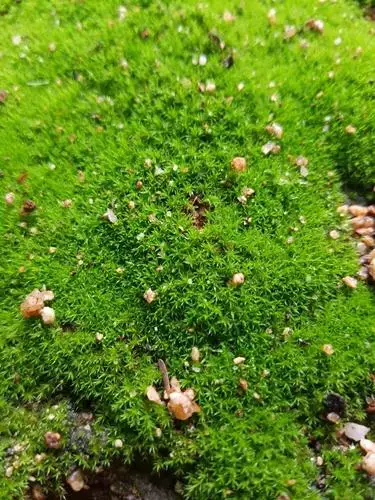
medium.jpeg from: https://www.inaturalist.org/taxa/592562-Pseudocrossidium-porphyreoneurum
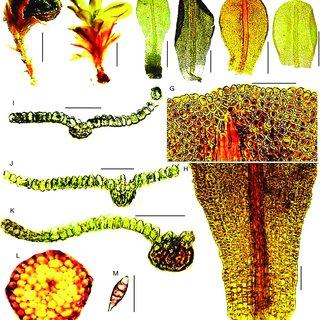
Plaubelia-involuta-Magill-RHZander-A-dry-plant-B-wet-plant-C-F-leaves-G_Q320.jpg from: https://www.researchgate.net/figure/Hyophila-baginsensis-MuellHal-A-dry-plant-B-wet-plant-C-D-leaves-E-F-upper_fig1_339071342
Introduction
Welcome, fellow moss enthusiasts, to an enchanting exploration of the
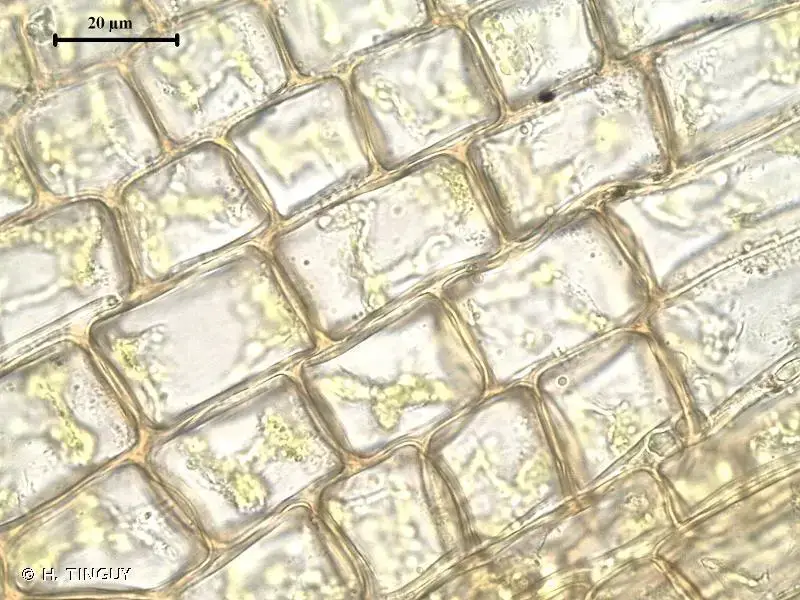
250109.jpg from: https://inpn.mnhn.fr/espece/cd_nom/435838
Pseudocrossidium porphyreoneurum (Müll.Hal.) R.H.Zander moss, a captivating member of the Pottiaceae family. This unassuming yet remarkable bryophyte, commonly known as Pseudocrossidium, has captured the hearts and minds of botanists and nature lovers alike with its unique characteristics and ecological significance.
Background
Before we delve into the intricacies of this fascinating moss, let’s set the stage with a brief introduction to the world of bryophytes. These non-vascular plants, which include mosses, liverworts, and hornworts, are often overlooked but play a crucial role in various ecosystems. They are among the oldest land plants on Earth, with a rich evolutionary history dating back millions of years.
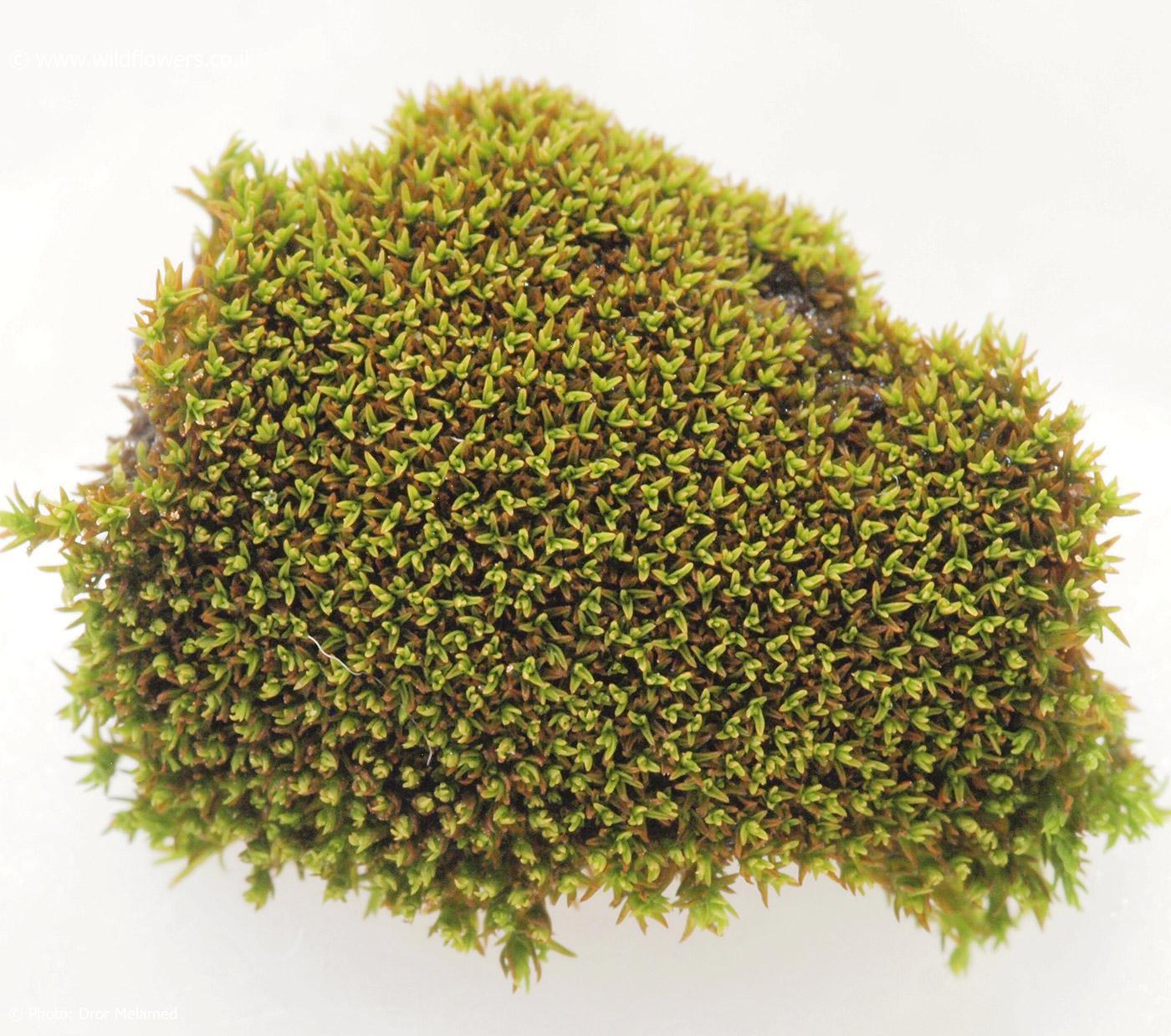
2330-l-2.jpg from: https://www.wildflowers.co.il/hebrew/picture.asp?ID=13318
Main Content
Morphology and Identification
The Pseudocrossidium porphyreoneurum moss is a true marvel of nature, with its intricate structure and vibrant hues. This acrocarpous moss forms dense, cushion-like tufts that range in color from deep green to reddish-brown, depending on the environmental conditions. Its leaves are lanceolate in shape, with a distinctive porphyreous (reddish-purple) nerve that extends beyond the leaf apex, giving it a unique and easily recognizable appearance.
Global Distribution and Habitat
This remarkable moss is widely distributed across various regions, including Europe, Asia, Africa, and North America. It thrives in a diverse range of habitats, from dry and exposed rock surfaces to soil banks and even disturbed areas like roadsides and quarries. The Pseudocrossidium porphyreoneurum moss is a true survivor, adapting to harsh conditions and demonstrating remarkable resilience.
Ecological Roles and Adaptations
Despite its diminutive size, the Pseudocrossidium porphyreoneurum moss plays a vital role in its ecosystem. It acts as a pioneer species, colonizing bare and disturbed areas, and facilitating the establishment of other plant species. Additionally, this moss contributes to soil formation and erosion control, helping to stabilize and enrich the substrate it grows on.
One of the most fascinating aspects of this moss is its ability to withstand extreme conditions, such as drought and high temperatures. It possesses unique adaptations, including the ability to undergo desiccation tolerance, a process that allows it to survive prolonged periods of dryness by entering a dormant state and reviving when moisture becomes available.
Case Studies/Examples
To illustrate the remarkable nature of the Pseudocrossidium porphyreoneurum moss, let’s explore a fascinating case study. In the arid regions of the southwestern United States, this moss has been observed thriving on exposed rock surfaces, where it forms intricate patterns and designs known as moss graffiti. These striking formations not only add visual interest to the landscape but also serve as a testament to the moss’s resilience and ability to colonize even the most inhospitable environments.
Technical Table
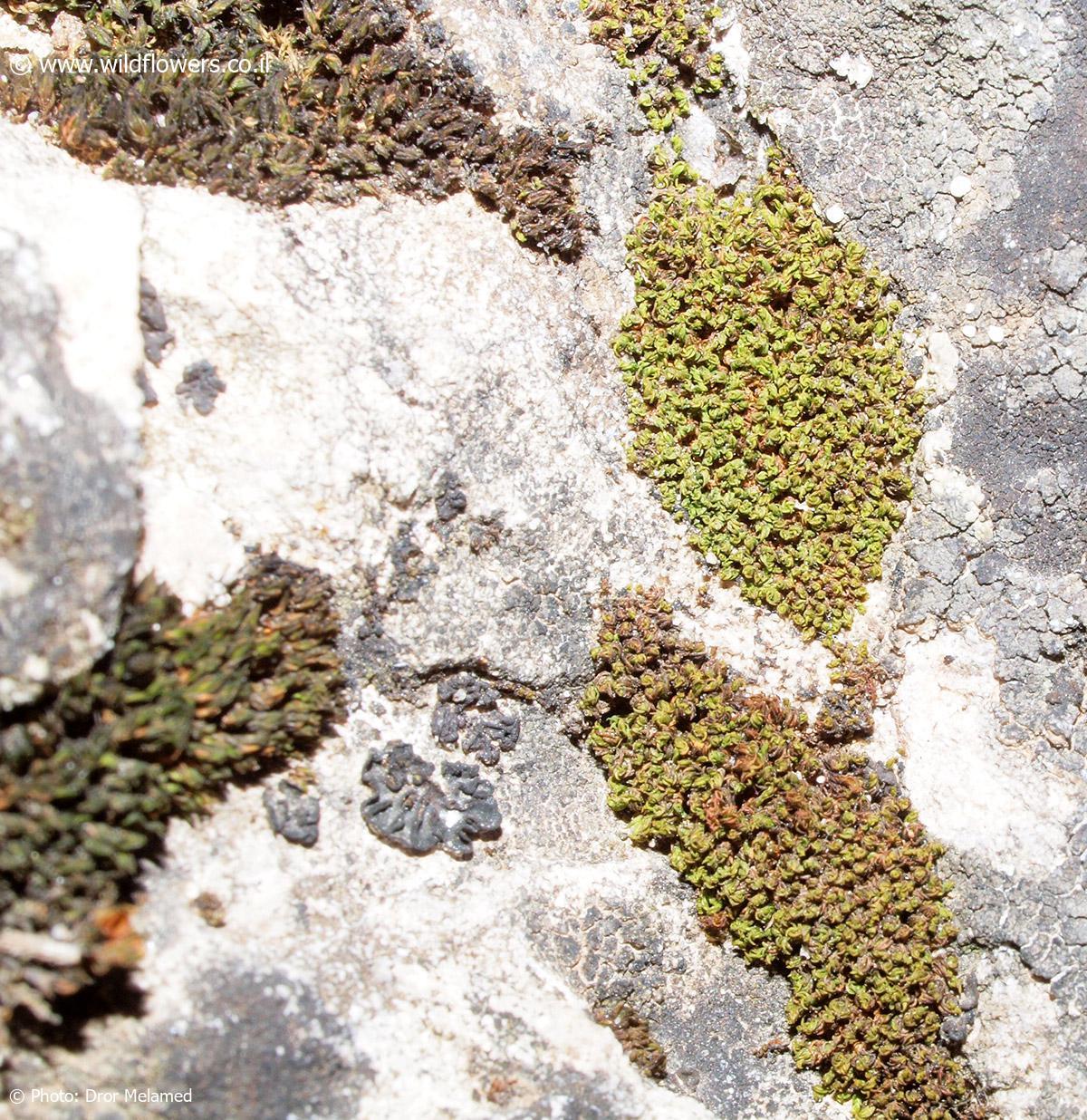
2330-l.jpg from: https://www.wildflowers.co.il/hebrew/picture.asp?ID=13316
Erythrophyllopsis-andina-Sull-RH-Zander-A-Habit-B-C-Leaves-D-Leaf-apex-E_Q320.jpg from: https://www.researchgate.net/figure/Trichostomum-termitarum-Muell-Hal-RH-Zander-A-Leaf-B-Leaf-apex-C-Marginal_fig11_296705710
382119.jpg from: https://inpn.mnhn.fr/espece/cd_nom/5268
306711.jpg from: https://inpn.mnhn.fr/espece/cd_nom/435867
| Characteristic | Description |
|---|---|
| Scientific Name | Pseudocrossidium porphyreoneurum (Müll.Hal.) R.H.Zander |
| Family | Pottiaceae |
| Common Name | Pseudocrossidium |
| Growth Form | Acrocarpous, cushion-like tufts |
| Leaf Shape | Lanceolate |
| Leaf Nerve | Porphyreous (reddish-purple), extending beyond leaf apex |
| Distribution | Europe, Asia, Africa, North America |
| Habitat | Dry and exposed rock surfaces, soil banks, disturbed areas |
| Ecological Role | Pioneer species, soil formation, erosion control |
| Adaptations | Desiccation tolerance, drought resistance |
Conclusion
The Pseudocrossidium porphyreoneurum moss is a true marvel of nature, a testament to the incredible diversity and resilience of bryophytes. From its striking appearance to its remarkable adaptations and ecological significance, this unassuming moss has captured our hearts and minds. As we bid farewell to this enchanting exploration, we are left with a profound appreciation for the wonders of the natural world and a thought-provoking question: What other hidden gems await discovery in the vast tapestry of life?